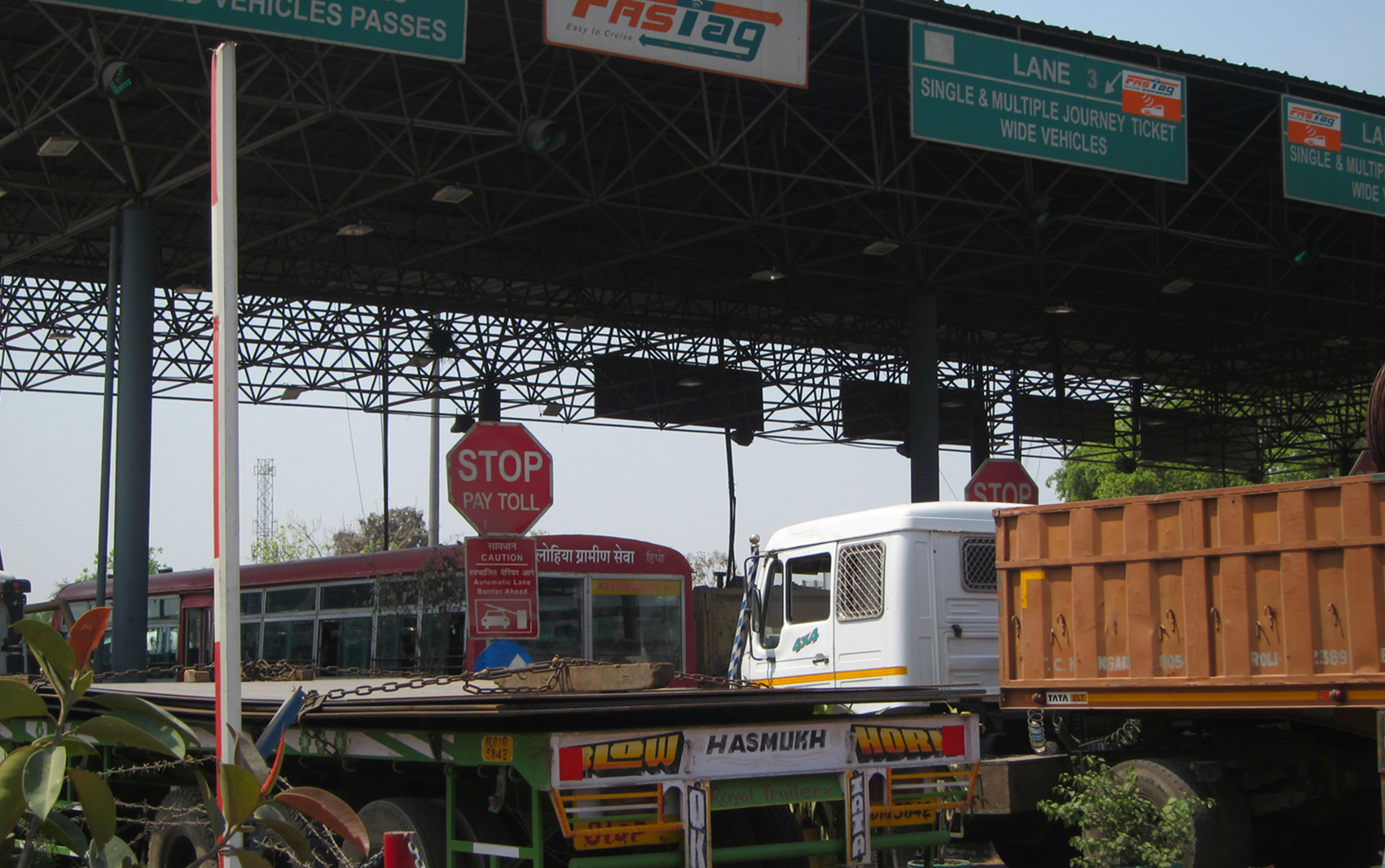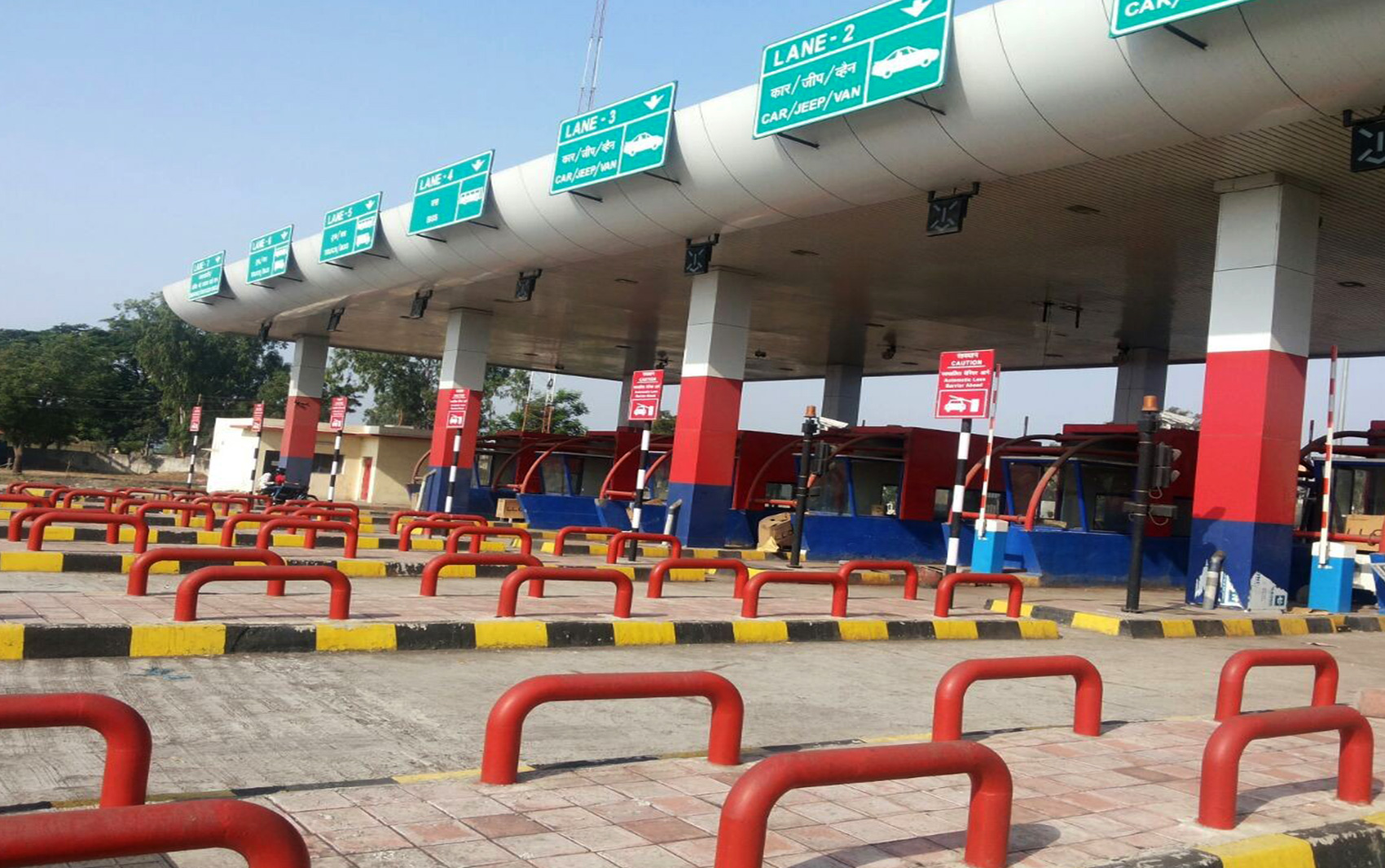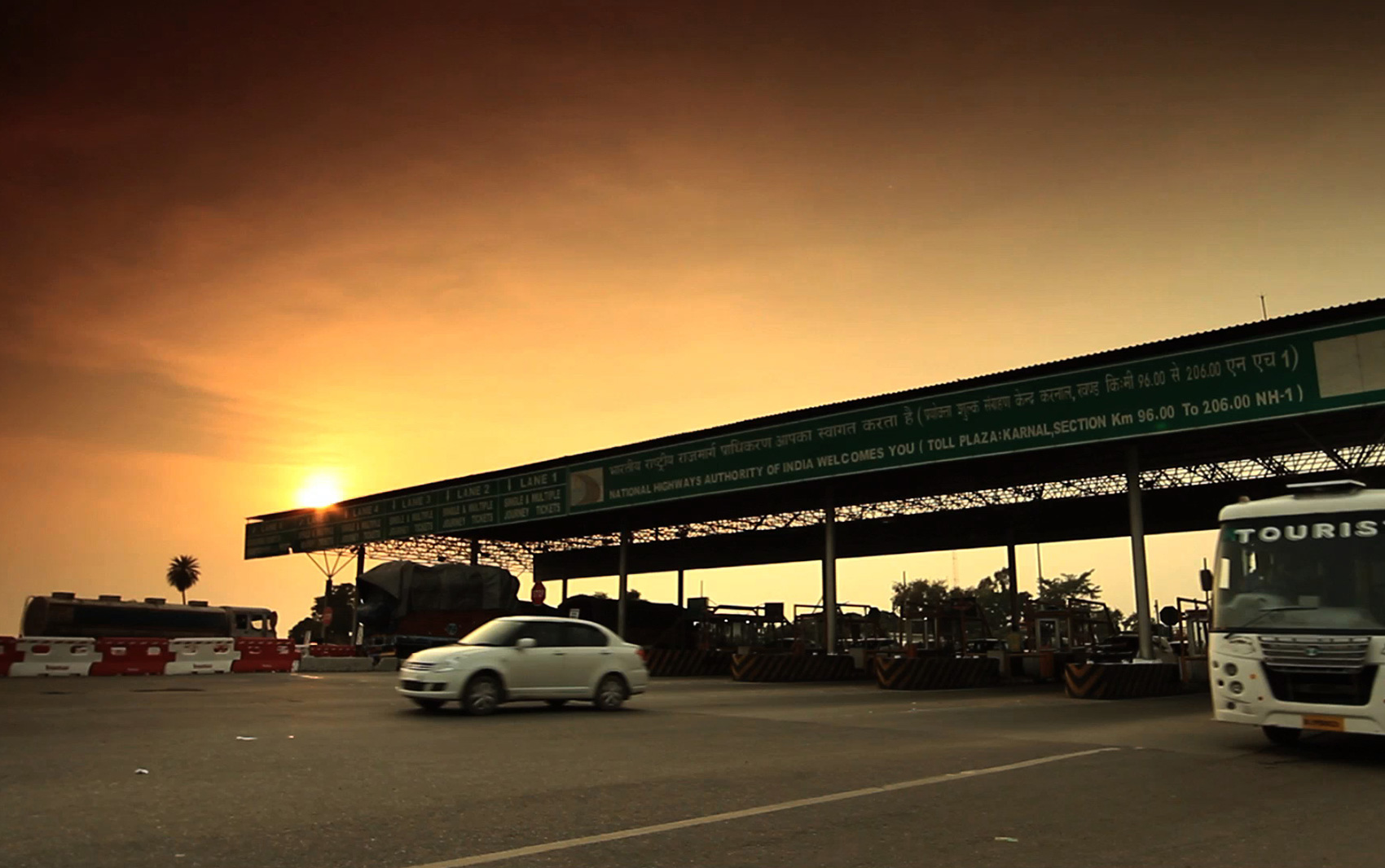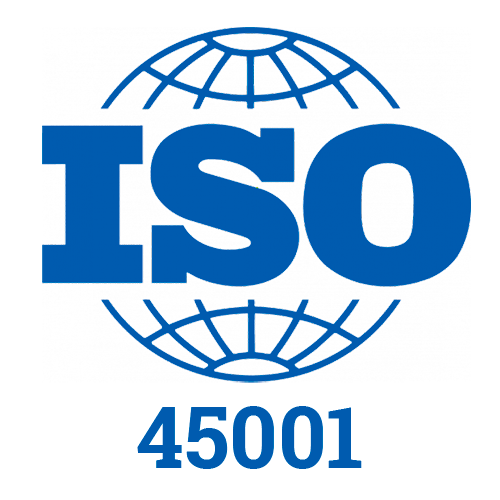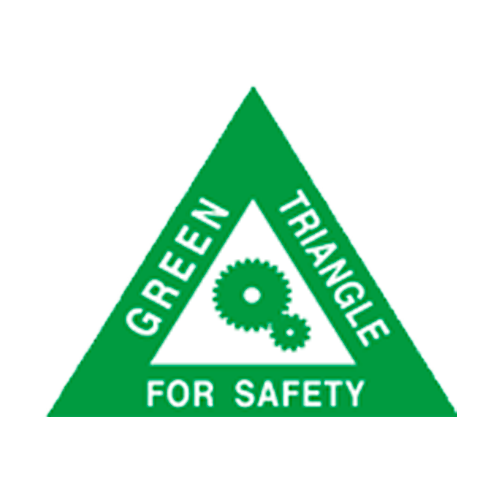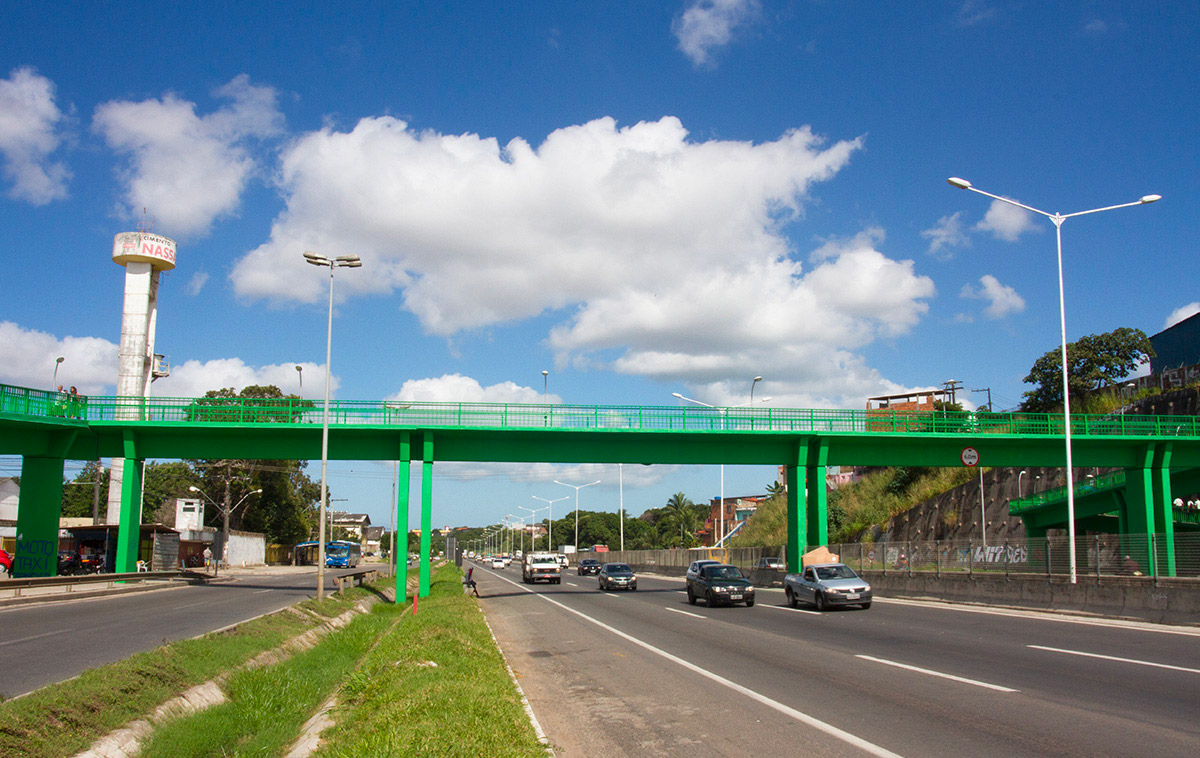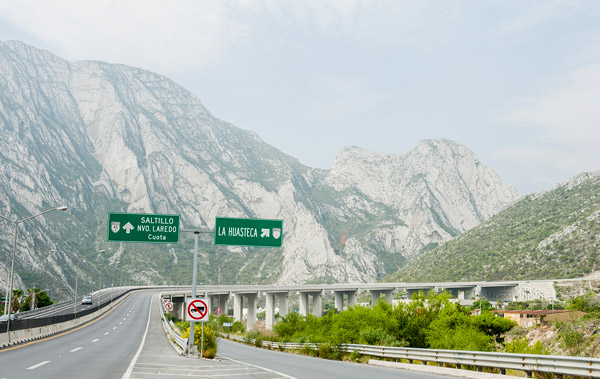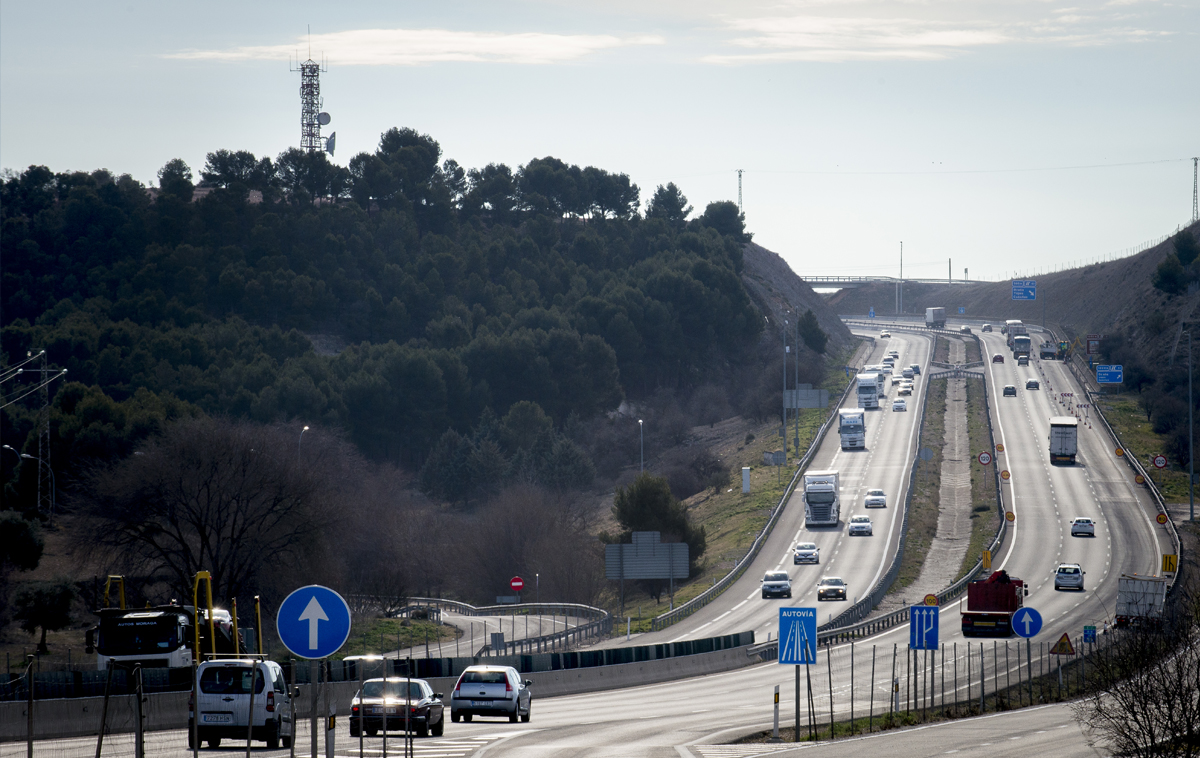ROADIS is one of the largest European manager of highway concessions in India. We have a strong position in the country thanks to the project development expertise and experience we have acquired in the country, as well as the network of strategic alliances we have developed.
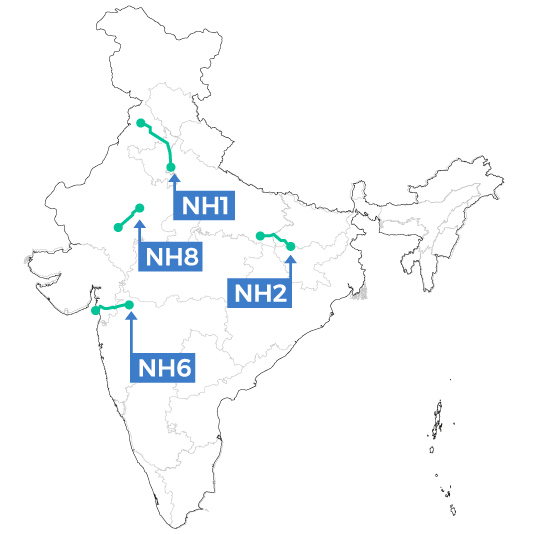
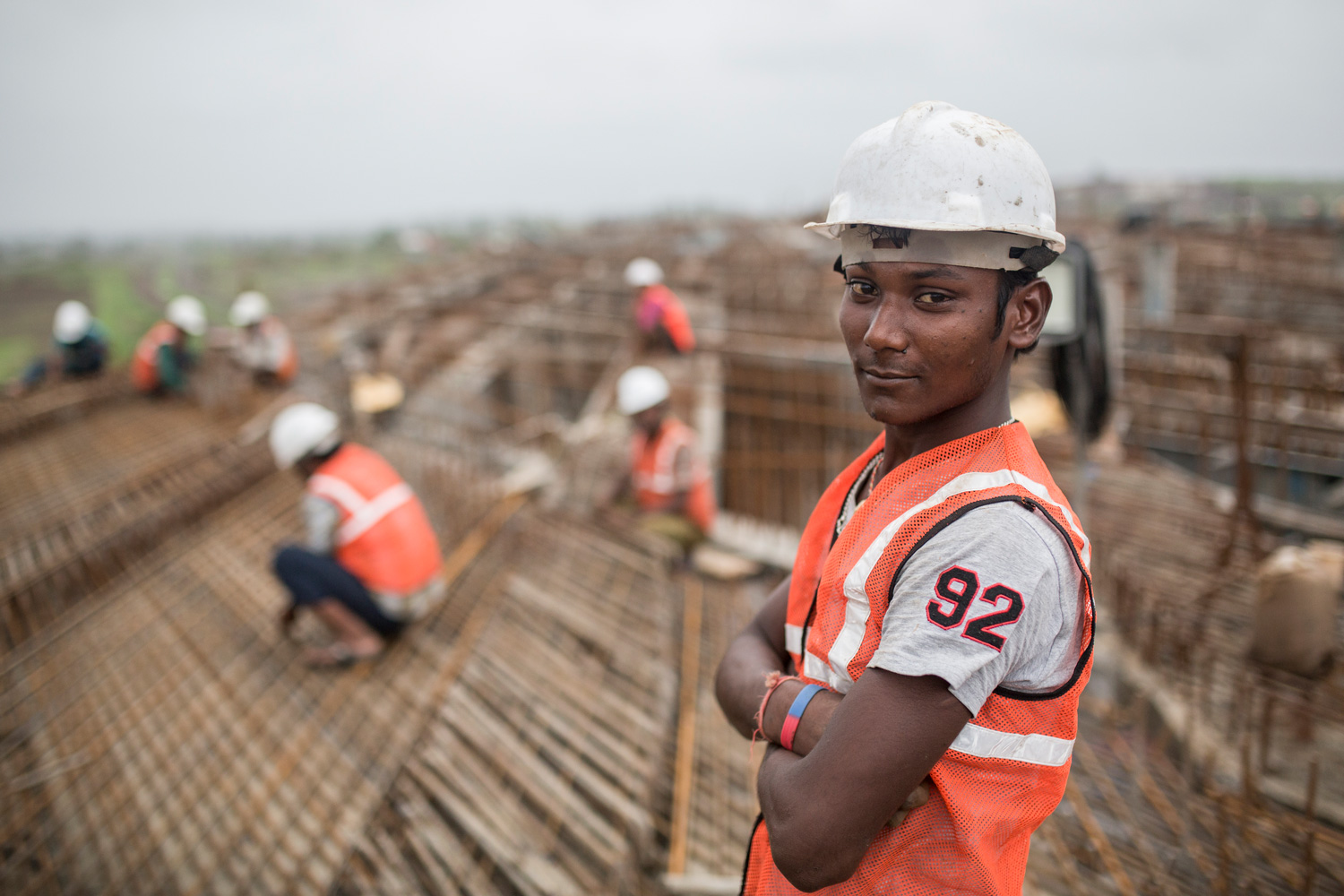
Concessions
-
ROADIS manages existing assets in the country, and is working to acquire projects with stable performance in the long term; not only in India, but also in other countries in the Asia-Pacific region.

This is undoubtedly an attractive market for growth, considering that we currently manage a network of more than 700 km of road. We are one of the leading motorway developers with proven experience on the ground. We have a strong reputation in the country thanks to our strategic growth, partnerships and operational capacity. All assets have reached significant milestones in the project lifecycle.
In addition, the concessions have demonstrated great resilience to the uncertainties arising from COVID-19, with traffic already recovering at levels similar to those prior to the pandemic. The recovery of assets such as the NH-6 is remarkable, well above the industry average.
Significant progress was made in 2021 in resolving certain historic arbitrations and consolidating the company's capital structure.
SBU Asia has appointed new EPC contractor for the completion of the remaining construction work on the NH-2 project. -
On the international stage, India, the world’s most populous democracy, is expected to be one of the fastest-growing economies.
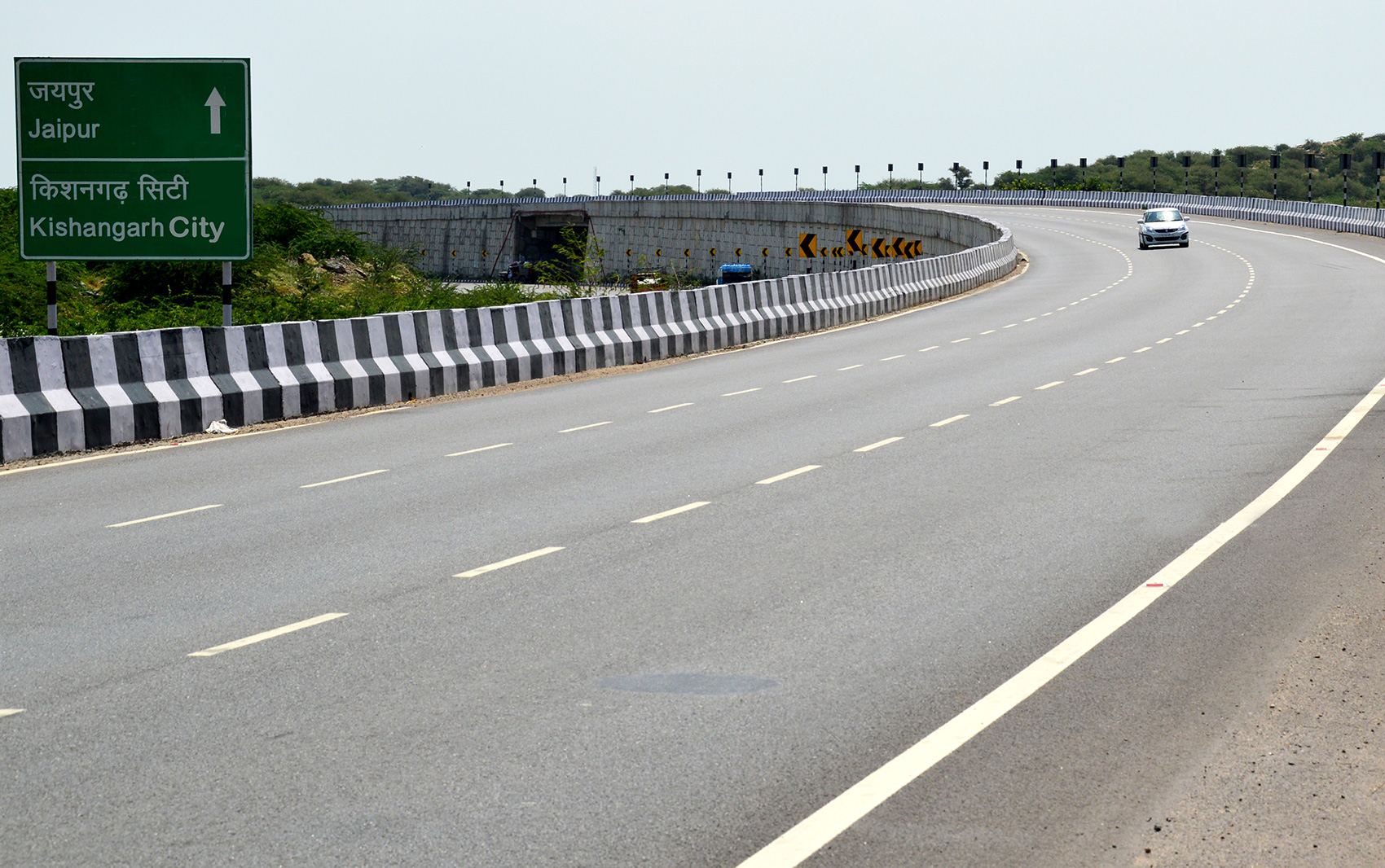
The IMF estimates that India’s GDP will grow by 9.6% in 2022. Despite the severe contraction of the last two years caused by the COVID-19 pandemic, India seems to be on track to become a $5 trillion economy in the coming years.
The infrastructure sector is a key driver for the Indian economy. It has the attention of the Government, that is developing policies to ensure the creation of first-class infrastructure in the country.
Through the National Infrastructure Plan, the Government invested $1.4 trillion in infrastructure development until July 2021. In October 2021, the National Master Plan PM GatiShakti was approved to promote multimodal connectivity. In this context, the Government plans to launch a digital geospatial platform to facilitate the planning and monitoring of projects ranging from telecommunications networks and gas pipelines to roads and railways.
The stability of the Government fosters the confidence in the sector’s progress through coherent policy measures. The political stance has been favourable to private investment; and India is progressing in terms of governance and regulatory frameworks. It has also remained stable in terms of transparency and the processing of public infrastructure projects.
NHAI launched its Infrastructure Investment Trust (NHAI InVit) in November 2021 as part of the national monetisation strategy. In the road sector, it includes the tender for an initial portfolio of five toll roads (390 km). In addition, it plans to sell 32 already operational road assets (1,500 km); and a new group of ToT (Toll-Operate-Transfer) projects.
The InVIT is an instrument that provides greater flexibility to investors and is expected to create concessionaires specialising in operations and maintenance, attracting patient capital for about 30 years to the road operation market. In addition, the Government has adapted the InVIT regulations to encourage participation of the private sector, because it provides a fiscally efficient investment mechanism.
-
India has the world’s second largest road network.

with a total of 5.89 million kilometres carrying 65% of all freight in the country; in addition, 90% of India’s total passenger traffic uses that road network. The sale of cars and the movement of goods by road is growing rapidly, at an average annual rate of 3.6% between 2010 and 2020, in terms of the number of passenger vehicles.
This performance is driven by industry-friendly measures taken by the Government, which boost liquidity and allow bidders to work in a flexible regulatory environment. In this manner, the National Highway network could expand by 25,000 km in fiscal year 2022-23.
The allocation for the Ministry of Road Transport and Motorways in the 2023 Budget of the Union has increased by 68% over the previous budget, with 1.99 million rupees devoted to the development of road infrastructure.
Despite several movement restrictions caused by the pandemic, India built 13,298 km of roads in fiscal year 2021. The pace of construction of national roads (NH) in the country reached a record 37 km per day in 2020-21. The Government wants to build at a rate of 50 km per day and has expressed hope that in the current fiscal year the pace will be higher than in 2021-22.
Traffic on national motorways grew by 7-9% during 2021-22, despite a significant reduction in mobility in the second half of 2021-22 due to the pandemic.
-
*(IN EUR M)NH-220212020Traffic revenues52.151.7EBITDA39.037.7EBT2.323.2Net income1.515.1Operating CF32.029.6NH-820212020Traffic revenues25.923.5EBITDA17.617.9EBT4.7(6.5)Net income3.0(4.2)Operating CF20.717.1NH-620212020Traffic revenues21.118.9EBITDA14.715.8EBT4.6(65.8)Net income3.0(42.8)Operating CF16.214.6



ROADIS assets in India have created a very significant volume of direct and indirect employment in neighbouring communities. Also, the high-quality transport network provided by our roads helped communities in the areas of operation improve their access to infrastructure and basic socio-economic services such as markets, schools and health centres, substantially reducing the time and cost of travel.
In 2021, and with the aim of raising health and safety awareness, we have carried out the following campaigns:





